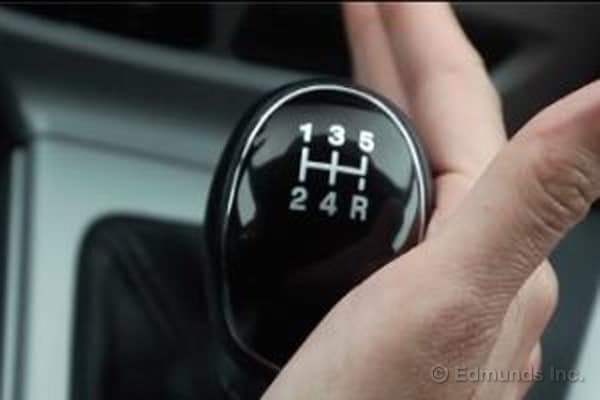
1. Cars with manual transmissions always get better fuel economy than cars with automatics.
In the past it was pretty much a given that vehicles with manual transmissions would be more fuel-efficient than their automatic counterparts. But as automatics become more advanced and gain additional gears, they are often now overtaking manuals in terms of fuel economy.
In the past it was pretty much a given that vehicles with manual transmissions would be more fuel-efficient than their automatic counterparts. But as automatics become more advanced and gain additional gears, they are often now overtaking manuals in terms of fuel economy.
For an example of when the myth is based in reality, there's the fuel-sipping 2014 Chevrolet Cruze Eco. The manual version of this small Chevy gets 33 mpg combined (28 mpg in the city/42 mpg on the highway). Equipped with an automatic transmission, the Eco is slightly less fuel-efficient: 31 mpg combined (26 city/39 highway). The manual will cost you about $100 less per year in fuel, according to fueleconomy.gov.
With the 2014 Ford Focus, it's the six-speed automatic version that performs better, getting 31 mpg combined (27 city/37 highway). (If you spring for the Super Fuel Economy option package, which also uses the six-speed automatic transmission, fuel economy rises to 33 mpg combined [28 city/40 highway].) A FordFocus with a conventional manual transmission can't match the automatics. It gets 30 mpg combined (26 city/36 highway).
There are other examples as well. For the 2014 Versa, Nissan actually offers three transmissions: a five-speed manual, a four-speed automatic and a continuously variable transmission (CVT). The manual and automatic get the same combined fuel economy (30 mpg), but the CVT blows both of them away with 35 mpg. And it's not just economy cars where you can find this trend: A 2013 BMW 328i sedan will get the same combined fuel economy (26 mpg) whether you opt for the manual or automatic transmission.